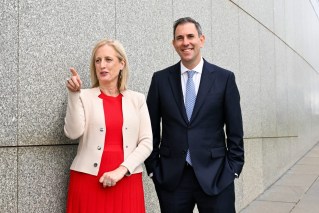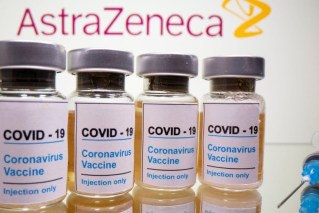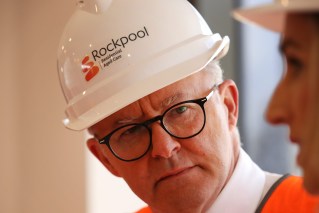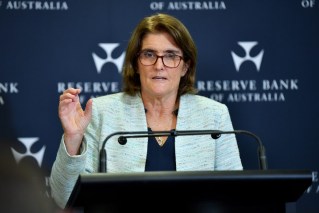Treasurer stands firm as miners claim capital and jobs are already fleeing state’s new risks
The outrage over the Palaszczuk Government’s royalty hike has meant even non-coal miners were deploying their investments away from Queensland because of the increased sovereign risk, according to the industry.

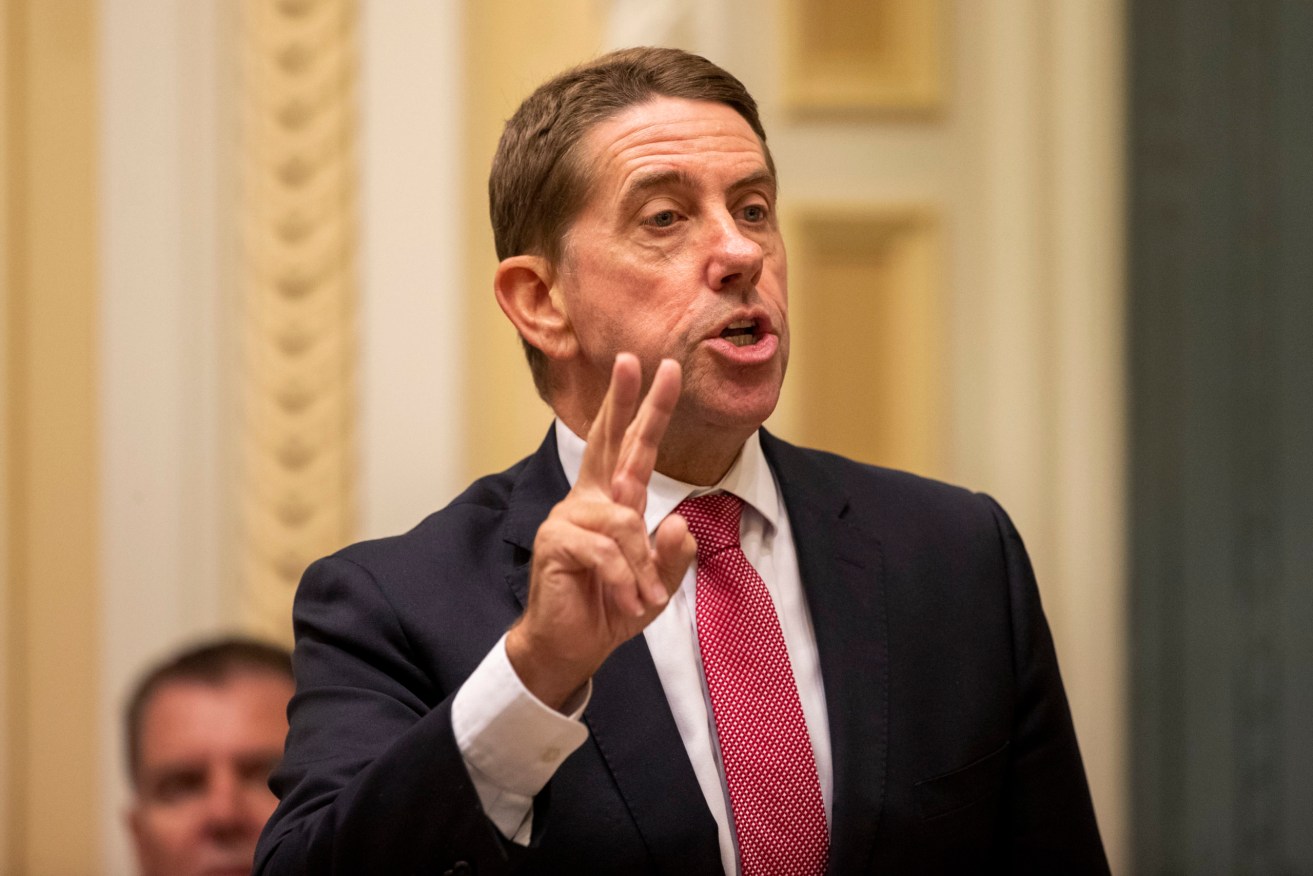
Treasurer Cameron Dick. (Photo: AAP Image/Glenn Hunt)
The State Government imposed a new royalty regime for coal in its Budget earlier this year in a bid to capture some of the benefit of record-breaking prices for coal.
But the industry backlash has been substantial. BHP has frozen capital funding for its Queensland coal projects and a survey by the Queensland Resources Council said 27 per cent of resources companies expected to employ fewer people at their projects over the next five years as a direct result of the increased royalties.
QRC chief executive Ian Macfarlane said six months ago none of the companies anticipated job losses and 35 per cent of the companies expected to increase workforce numbers. Only 8 per cent now said they would increase workforce numbers.
The QRC said the real surprise from the survey was how much the royalty hike had spread to non-coal projects like gas, base metals and critical minerals. It said 31 per cent of non-coal chief executives expect a decrease in employment at their existing operations over the next five years as companies look to deploy dollars to less-risky destinations.
It said 38 per cent of non-coal chief executives said the likelihood of expansions or upgrades at existing operations had decreased and nearly half (46 per cent) said the likelihood of new Queensland projects had decreased.
“That’s a big hit for a State Government with a keenly expressed focus on new economy minerals,” the QRC report said.
Treasurer Cameron Dick told Parliament this morning of a huge inflow of cash to coal companies from the record prices.
He said the Queensland coal sector was in good health and cited the cases of Yancoal, which owns three Queensland coal mines and reported revenue of $4.8 billion for the first six months of the year, an increase of $3 billion on the previous year.
Whitehaven, which is the developer of the $1 billion Winchester South coal mine, reported revenue of $4.9 billion for 12 months, up from $1.5 billion.
Stanmore, which recently bought the BMC joint venture mines, recorded revenue of $1.1 billion for the first six months, “a 15-fold increase”, according to the Treasurer.
Coronado, which owns the Curragh mine as well as coal production in the US, reported revenue of $US2 billion, an increase of 147 per cent.
The Treasurer said he did not begrudge the companies their right to their share from the “super normal” prices, but he said the people of Queensland, who owned the non-renewable resources, were also entitled to their share.
“Our existing coal royalty tiers were primarily designed for lower coal prices, with a top tier at $150 per tonne, with royalties charged at 15 per cent.
“However, with coal recently trading at over A$500 per tonne, our current rate structure is clearly no longer fit for purpose.”
Dick said that, to reflect the new price levels being achieved, three new progressive coal tiers would be introduced on 1 July 2022.
The new rates will be 20 per cent for prices above A$175, 30 per cent for prices above A$225, and a 40 per cent tier that would apply when prices exceed A$300

